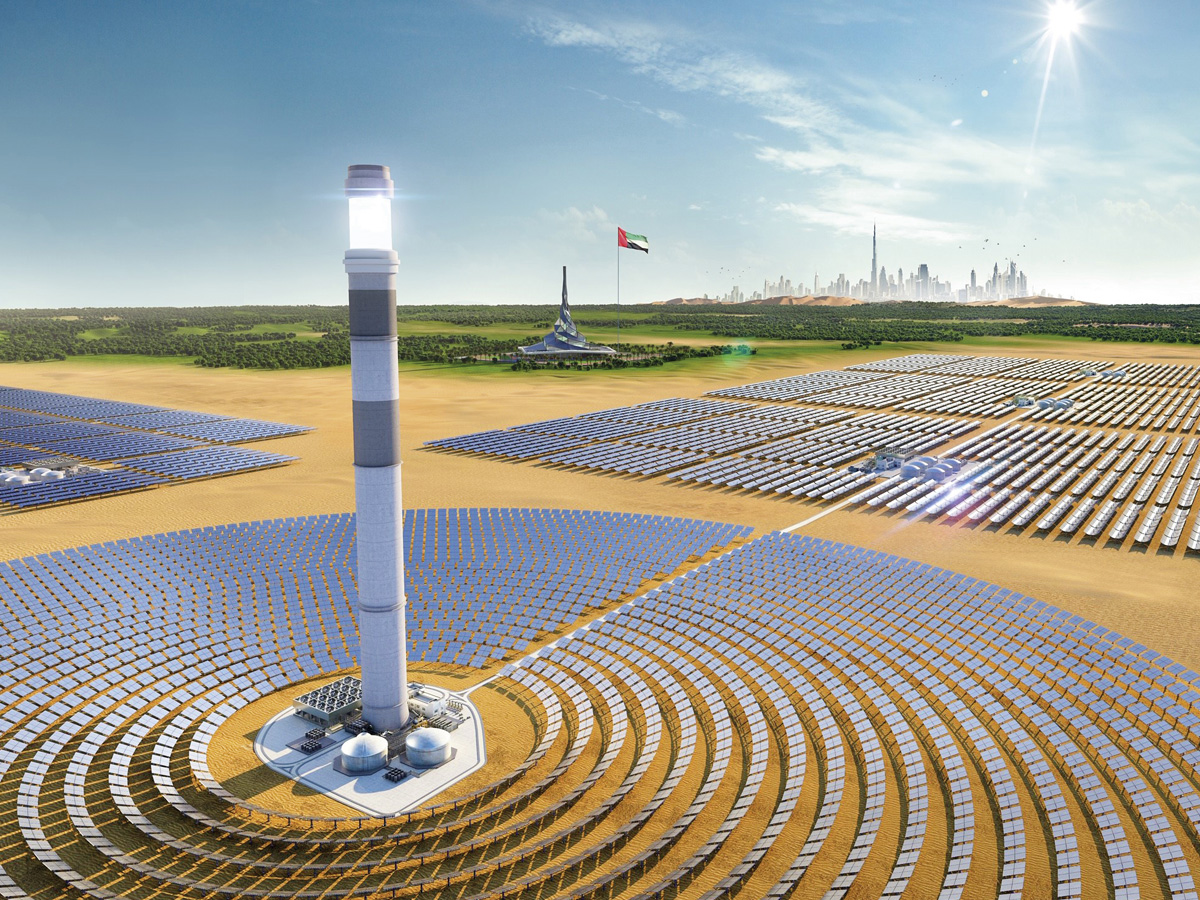The United Arab Emirates (UAE) is on track to not only achieve, but potentially surpass its ambitious target of tripling renewable energy capacity by 2030, according to the country's energy minister. This optimistic outlook stems from a confluence of factors, including falling costs of clean energy solutions and a growing focus on solar power for green hydrogen production.
The UAE, a major oil producer, has been steadily diversifying its energy mix in recent years. This shift reflects a recognition of the need for environmental sustainability and a desire to capitalize on the burgeoning global clean energy market. The country's current target aims to triple renewable energy capacity from its 2020 baseline.
Speaking on Sunday, the energy minister attributed the potential overachievement to two key trends. Firstly, the cost of renewable energy technologies like solar and wind power has declined significantly in recent years. This affordability makes large-scale renewable energy projects increasingly attractive from an economic standpoint.
Secondly, the UAE is placing a strong emphasis on developing its green hydrogen sector. Green hydrogen, produced using renewable energy sources, is seen as a promising clean fuel option for various industries. This focus on solar-powered hydrogen production necessitates additional solar energy capacity, further accelerating the growth of renewables in the country.
The UAE's potential to exceed its renewable energy target carries significant implications. It underscores the nation's commitment to environmental stewardship and positions it as a leader in the region's clean energy transition. Additionally, exceeding the target could translate into economic benefits, as the UAE can potentially become a net exporter of clean energy solutions.
This news comes amidst a backdrop of increasing global momentum towards renewable energy. As countries worldwide grapple with the challenges of climate change and energy security, clean energy sources are gaining traction. The UAE's progress serves as an example for other nations seeking to diversify their energy portfolios and embrace a more sustainable future.

